Top Image: The flag of the SED, via © FOTW, Flags of the World Website.
Branding is everything, they say, and no one was more aware of that old adage than Joseph Stalin, the dictator of the Soviet Union. As proof of his marketing savvy, consider something called the “Socialist Unity Party of Germany” (Sozialistische Einheitspartei Deutschlands, or SED), founded on April 21, 1946.
In the wake of World War II, Stalin’s armies reigned supreme over much of Europe. They had earned it, no doubt, first warding off the threat from the German Wehrmacht at the very gates of Moscow in December 1941, then encircling a German army at Stalingrad in 1942, and finally driving the Germans back whence they had come—a slow, agonizing, and extremely expensive feat. The Red Army, as it styled itself back in 1945, capped its victory in April by storming Berlin, as Hitler shot himself in his underground bunker.
Stalin intended to cash in on all that effort by establishing Communist regimes in all the East Europe states, including the hunk of Eastern Germany his allied partners had granted him as an occupation zone. Communist states would, be definition, be friendly to Moscow—they would willingly support Stalin’s foreign policy, they would vote loyally with him in the new United Nations organization, and their economies and manpower would help get the Soviet Union back on its feet—a real concern, given the massive suffering inflicted on the country by the German invasion and the horrific fighting that followed.
Oh sure, Stalin paid lip service to concepts like “democracy,” “free elections,” and “governments responsive to the will of the governed.” He’d even signed off on these phrases, officially, at the Yalta Conference in early 1945. But he had no intention whatsoever of pursuing those lofty ideals. He intended to communize Eastern Europe.
The trouble was, “communism” wasn’t a winning brand in the newly occupied states of the region in the postwar era. Most had been deeply traditional rural/agrarian societies when World War II started. Communist parties existed in all of them, but they were tiny, usually single-digit percentage points of the population, and it was unlikely they were suddenly going to set popular opinion on fire.
A further limit on communist prospects was the severe persecution that communism had suffered in all these countries before and during World War II. Indeed, if you were an East European communist during the 1930s, you had probably fled the country for the Soviet Union. Those emigrés were now returning home, arriving in the wake of the Red Army, but they had been away for a long time, and were out of touch with trends in countries they had left, in some cases, decades ago.
But now, as Stalin surveyed the situation in his occupation zone in Germany, he knew that there was a mass political party on the German political left, the Social Democratic Party of Germany (SPD). It had once been radical, but had gradually moderated its positions over the decades, and was the favorite party of the German labor unions. In the last free elections before Hitler came to power, in November 1932, the SPD had pulled over 7 million votes. A thought occurred to Stalin: why not simply use this mass organization, force it to merge with Germany’s small Communist Party (KPD), and give the new entity a nice, rosy, positive sounding name: the Socialist Unity Party of Germany?
And so it was that a repressive, one-party communist dictatorship in East Germany tried, more or less, to disavow communism. No communists here, just a unity party. Other new communist states—Poland and Hungary, for example—were also soft-branded as “people’s republics,” a warm and fuzzy moniker that Mao Tse-tung would use in China. Still others, like Romania or Czechoslovakia, were simply “socialist republics,” an adjective that has traditionally had a much more positive sound in Europe than it has had in the United States.
There is irony here: Stalin, one of history’s most brutal figures trying to sound like your friend. Unfortunately for him, he ran into someone even more skilled in the use of language than he was: Winston Churchill. One month before the foundation of the SED, in fact, in a March 1946 speech at Fulton, MO, Churchill tore the cover off of Stalin’s charade of unity parties and people’s republics, to reveal the awful truth that lay underneath. An “iron curtain,” Churchill proclaimed in his Fulton speech, had descended upon the eastern half of Europe.
And that was a “brand” that these Stalinist regimes were never able to shake off.
This article is part of a series commemorating the 75th anniversary of the end of World War II made possible by the Department of Defense.
Robert Citino, PhD
Robert Citino, PhD, is the former Samuel Zemurray Stone Senior Historian in the Jenny Craig Institute for the Study of War and Democracy.
Cite this article:
MLA Citation:
APA Citation:
Chicago Style Citation:
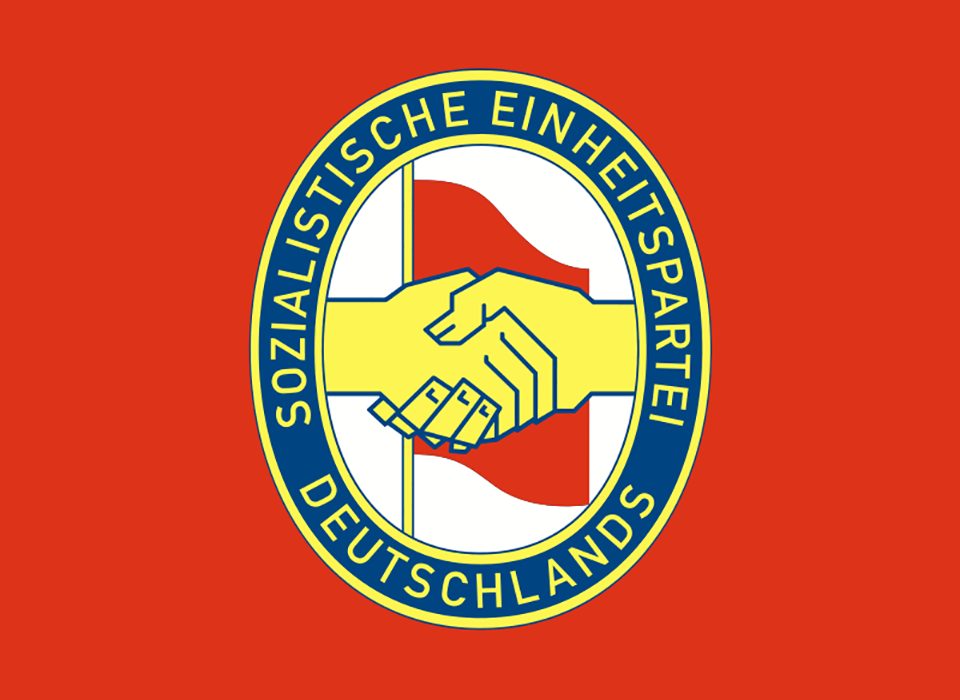
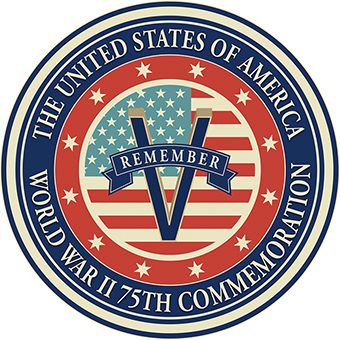

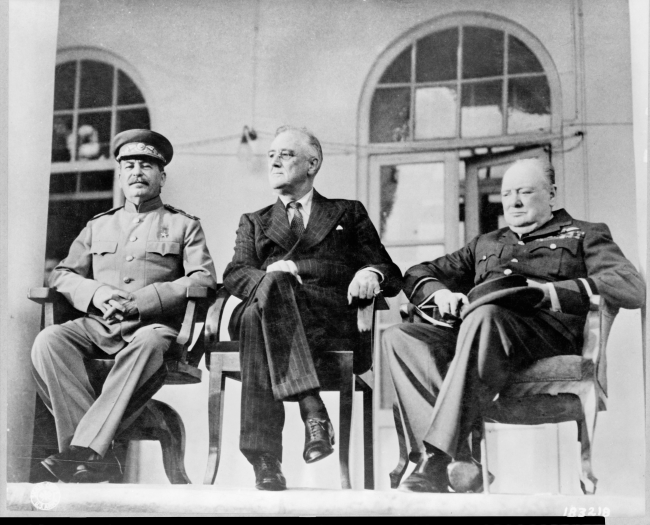
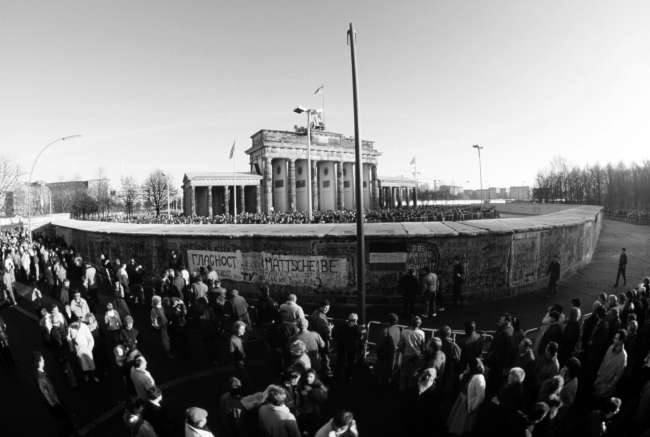
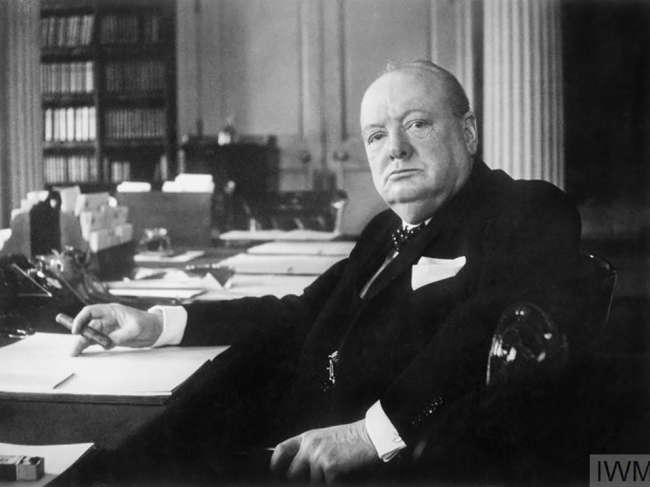



![Max Fuchs, New York City cantor, sings as Rabbi Sydney [sic] Lefkowitz, Richmond, VA, conducts the first Jewish services from Germany.](/sites/default/files/styles/max_650x650/public/2025-10/image1.jpg)



